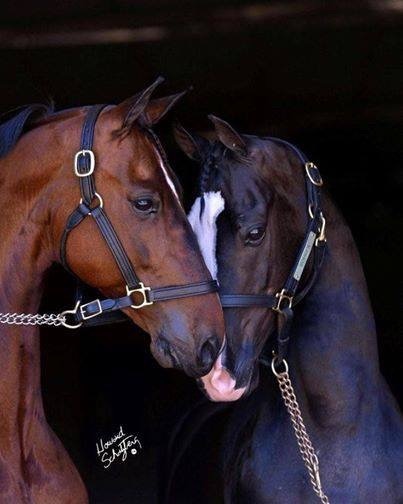

Sedated vs unsedated equine dentistry. To be clear here, all sedation will always be performed by a licensed veterinarian.
To any veterinarian out there that feels the impulse to file a complaint against me, I suggest that you first look up the laws in California! I am not performing any illegal procedures, I am not advertising any “veterinary services” and I have never advertised myself as a veterinarian. Therefore, if you feel so inclined, I urge you to directly contact me and ask me any questions you may have about the services that we provide. I can guarantee that my education, skill set, and training are far more advanced than most veterinarians out there. Veterinarians in California can go out into the field and perform dental procedures and have little to NO training specifically in equine dentistry. You may have earned your DVM but that does not translate to a competent or skilled dental practitioner. I have seen far to many cases where a client asked me and the veterinarian working with me to examine the mouth and do any necessary work needed to help make the horse more comfortable. The bottom line is that this should always be about what is in the best interest of the animal and not what is in your best interest. I have seen far too many cases that I dare say constitute malpractice. Many veterinarians out there practicing have absolutely no business being in the horses mouth.
Additionally, I ALWAYS WORK WITH A LICENSED VETERINARIAN.
In my professional opinion, there is no debate. Sedation is necessary and it is necessary to protect the animal, to keep the animal safe, to keep the practitioner safe, and allow for a thorough exam and thorough and complete equine dental equilibration of the mouth. In order to do a thorough exam of the mouth, a mouth speculum should always be used as well as an approprite light source, a dental pick and dental mirror to probe between teeth and to be able to identify any damage to the cusps of the molars and or infundibular damage. Simply holding the tongue off to the side and “taking a peak” is insufficient and will not allow the equine dentist to properly identify any existing problems or potential problems. If you cannot see it, you are not going to address the problem until that problem has manifested into a full blown dental problem. This is painful for your horse and even more financially costly for the owner.
Simply running a hand float through the horse’s mouth does not equate to rebalancing the mouth. Hand floats will make no corrections to occlusion and balance, and when an incisor bite alignment needs to be done, it will be impossible to do on an unsedated horse.
Promoting unsedated dentistry is coming from those who minimize the importance of proper equine dental care and they are taking short cuts in the proper protocol for doing and achieving comprehensive dental equilibration of the mouth.
The type of work offered by this practice is about proper balance and occlusion of the mouth. These are two of the most basic elements of the mouth that we address. If the mouth is not in proper occlusion or balance then the teeth will not wear evenly. There will be excessive wear on molars that will eventually lead to damage, and often the damage I see in the mouth is permanent. Proper occlusion enhances even wear of the teeth, thus reducing the likelyhood of damaging opposing teeth, breaking of teeth, and loosening of teeth. If an extraction is needed, a mouth speculum is needed, a set of molar spreaders and molar extractors are needed, blocking the quadrant of where that molar is necessary to keep the horse out of pain and from becoming further distressed. Sedation is necessary and vital. How many of you would like to go to your dentist, have a tooth pulled with no anesthetic and then be sent on your way?
To acheive balance and occlusion the molar arcades must work in unison with the incisors. Once the molar work is completed and full lateral excursion has been achieved, the incisors must then be addressed. If incisor bite alignments are not done, then the balance of the weight in the mouth has shifted onto the incisors, which has a cascading negative effect on the horse and the horse’s mouth. This can lead to significant TMJ soreness, soreness and stiffness in the poll, weight loss as the horse is not able to properly chew his/her feed and feed is not utilized fully by the horse’s body and is actually wasted. This can also lead to feed impactions in the horse’s intestines which is extremely painful for the horse and can be life threatening. Proper dentistry with the sedation will reduce the likelihood of such castastrophies.
In conclusion, sedation is a safe and highly recommended way of providing a thorough dental exam and of then providing a thorough rebalancing of the molar arcades and the incisors.
This is a great article addressing the issues I have just spoken about here. www.thefencepost.com/news/myths-and-misconceptions-about-comprehensive-equine-dentistry/